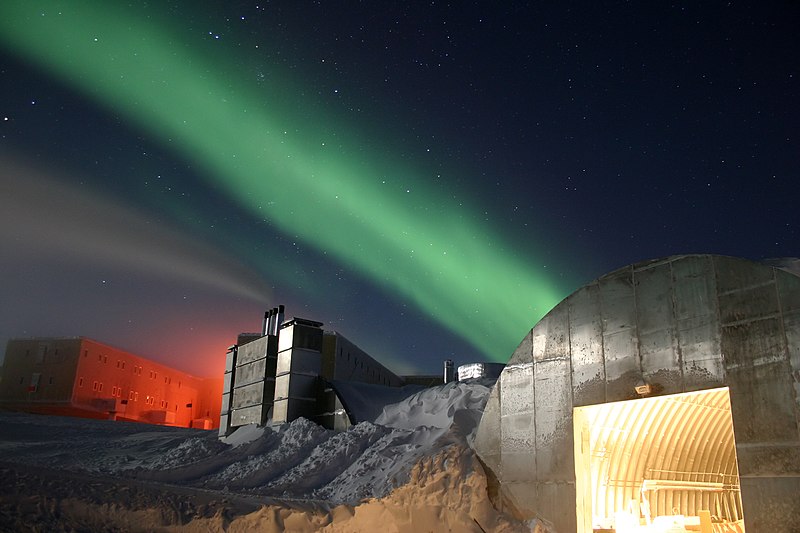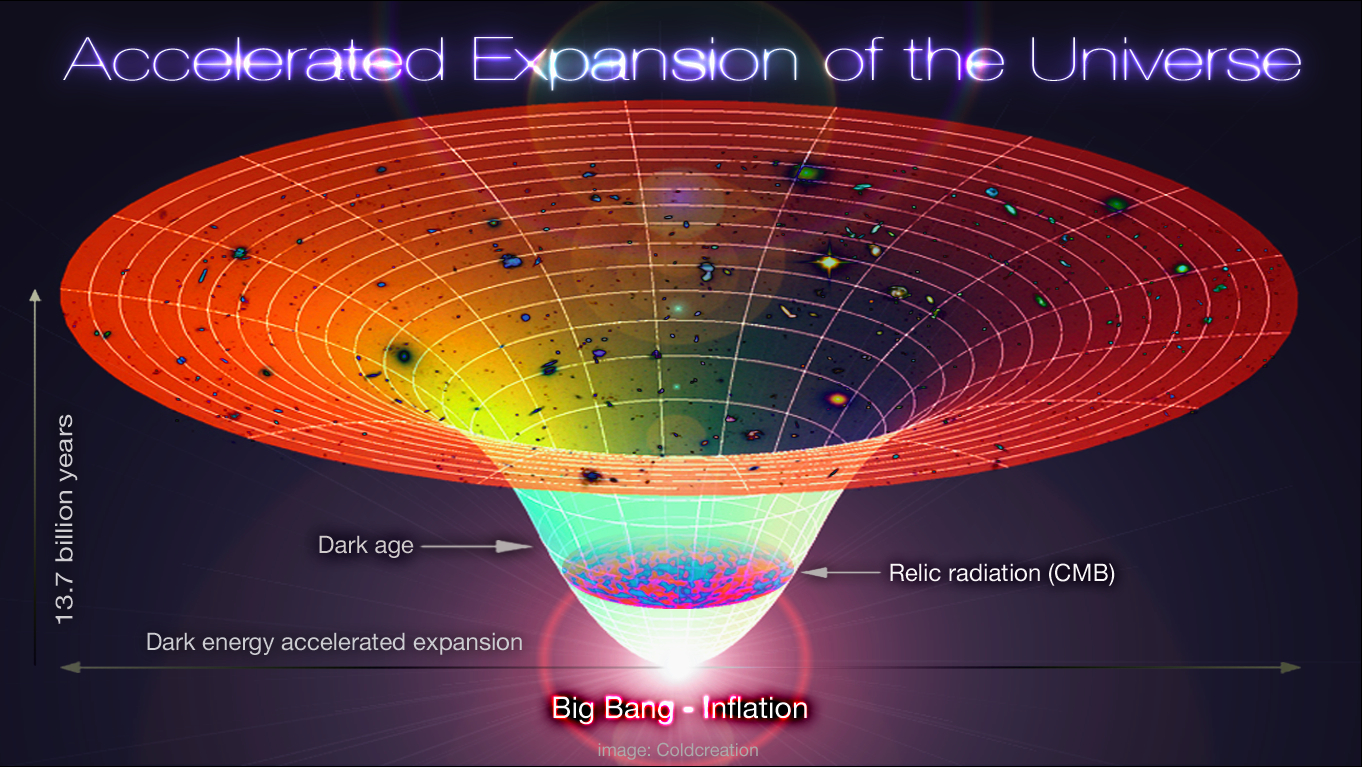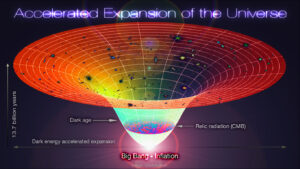Well Bounded Business Semantics
The English poet John Donne tells us that “no man is an island.” In the same way, nothing lives in isolation. So then how do we identify boundaries for microservice implementation and deployment? Domain Driven Design offers patterns to implement a “bounded context,” itself a pattern, but relies on the business to define the bounded context. This is as it should be. The observation to be made here is that the underlying technology with which the bounded context is implemented will determine the rigidity or flexibility of the implementation.
Linked Data is conceived to allow dynamic linking between any two resources (URIs). As a result, irrespective of where the boundary is set to describe the resource, our own Temporal Linked Data® (TLD) makes it easy to reference TLD aggregate as an OWL Object Property link, whether deployed together or apart, the container will resolve the link.
Where relational, columnar, and object data management platforms require these relationships to be accounted for ahead of time, TLD allows these connections to be made along the way, according to well bounded business semantics, referenced as opaque RDF resources.
By decoupling design time concerns from runtime concerns, the iterative and incremental deployment of TLD microservices represents a strategy for iterative and incremental growth of business functionality.








